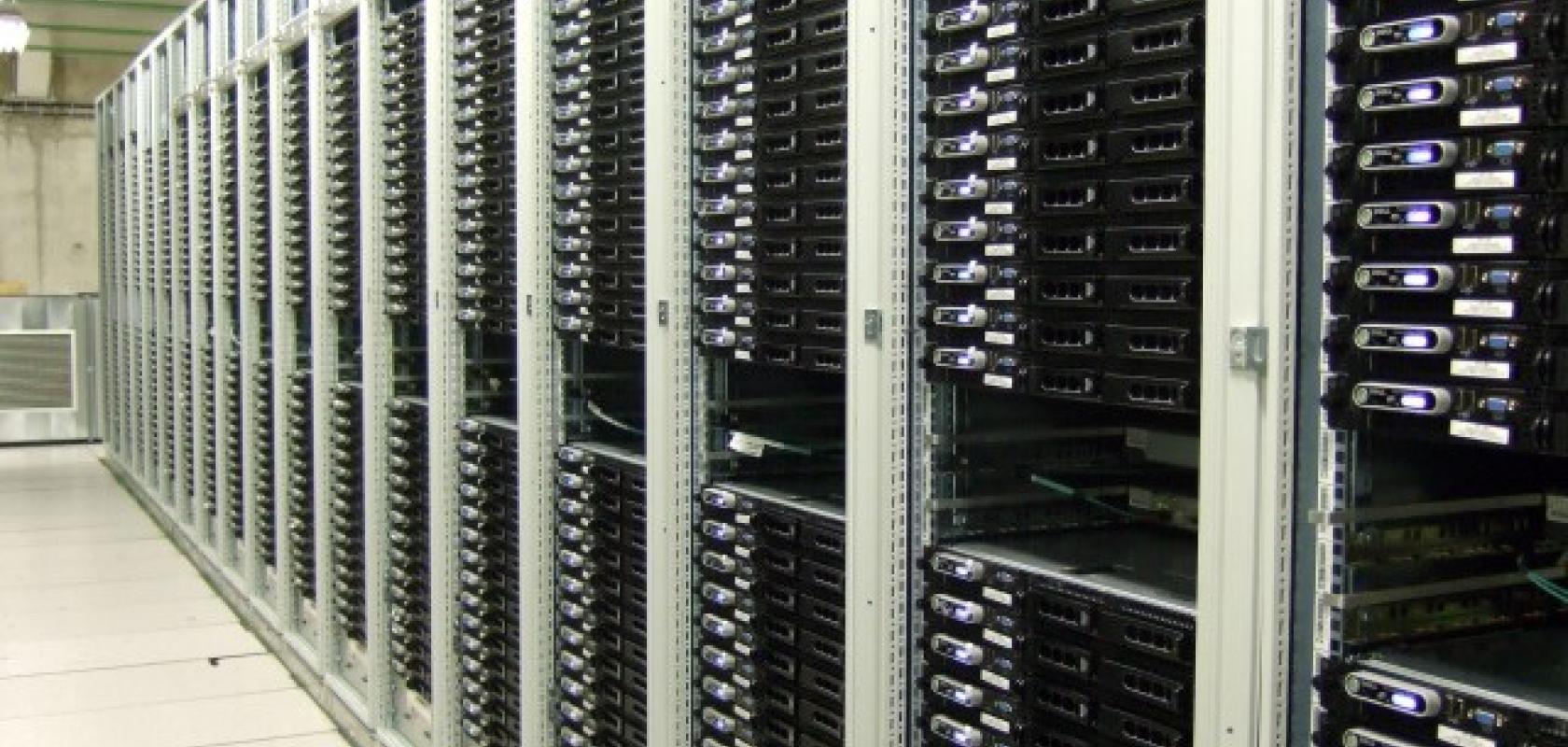During the International Conference on High-Energy Physics (ICHEP 2020), the ATLAS collaboration presented results which demonstrate a new way of using the LHC, namely as a high-energy photon collider directly probing electroweak interactions.
This experiment confirms one of the main predictions of electroweak theory – that force carriers can interact with themselves – and provides new ways to probe this phenomenon.
ATLAS is a collaboration of 3000 scientific authors from 181 institutions around the world, representing 38 countries. It is one of the largest collaborative efforts ever attempted in science. Around 1200 doctoral students are involved in detector development, data collection and analysis.
ATLAS physicists test the predictions of the Standard Model, which encapsulates our current understanding of what the building blocks of matter are and how they interact. To help answer these questions the collaboration of scientists has constructed the largest volume detector ever constructed for a particle collider, ATLAS has the dimensions of a cylinder, 46m long, 25m in diameter, and sits in a cavern 100m below ground. The ATLAS detector weighs 7,000 tonnes, similar to the weight of the Eiffel Tower.
The researchers presented the first observation of photon collisions producing pairs of W bosons, elementary particles that carry the weak force, one of the four fundamental forces.
The result demonstrates According to the laws of classical electrodynamics, two intersecting light beams would not deflect, absorb or disrupt one another. However, effects of quantum electrodynamics (QED), the theory that explains how light and matter interact, allow interactions among photons.
The observation was obtained with a highly significant statistical evidence of 8.4 standard deviations, corresponding to a negligible chance of being due to a statistical fluctuation. ATLAS physicists used a considerably larger dataset taken during Run 2, the four-year data collection in the LHC that ended in 2018, and developed a customised analysis method.
‘This observation opens up a new facet of experimental exploration at the LHC using photons in the initial state,’ said Karl Jakobs, spokesperson of the ATLAS collaboration. ‘It is unique as it only involves couplings among electroweak force carriers in the strong-interaction-dominated environment of the LHC. With larger future datasets it can be used to probe in a clean way the electroweak gauge structure and possible contributions of new physics.’
Indeed, the new result confirms one of the main predictions of electroweak theory, namely that, besides interacting with ordinary particles of matter, the force carriers, also known as gauge bosons – the W bosons, the Z boson and the photon – are also interacting with each other. Photon collisions will provide a new way to test the Standard Model and to probe for new physics, which is necessary for a better understanding of our Universe.
The ATLAS collaboration relies on a large computing system which is used to analyse the data produced by the ATLAS detector, developing and improving computing software used to store, process and analyse vast amounts of collision data.
Data from the ATLAS detector is calibrated, reconstructed and automatically distributed all around the world by the ATLAS Data Management system. The ATLAS Production System then filters through these events and selects the ones needed for a particular type of analysis. This brings the data set down to a manageable size for research to be conducted using a laptop or desktop computer.
All members of the ATLAS Collaboration have equal access possibilities to all ATLAS data, independently of their geographical location, by making use of the Worldwide LHC Computing Grid.


